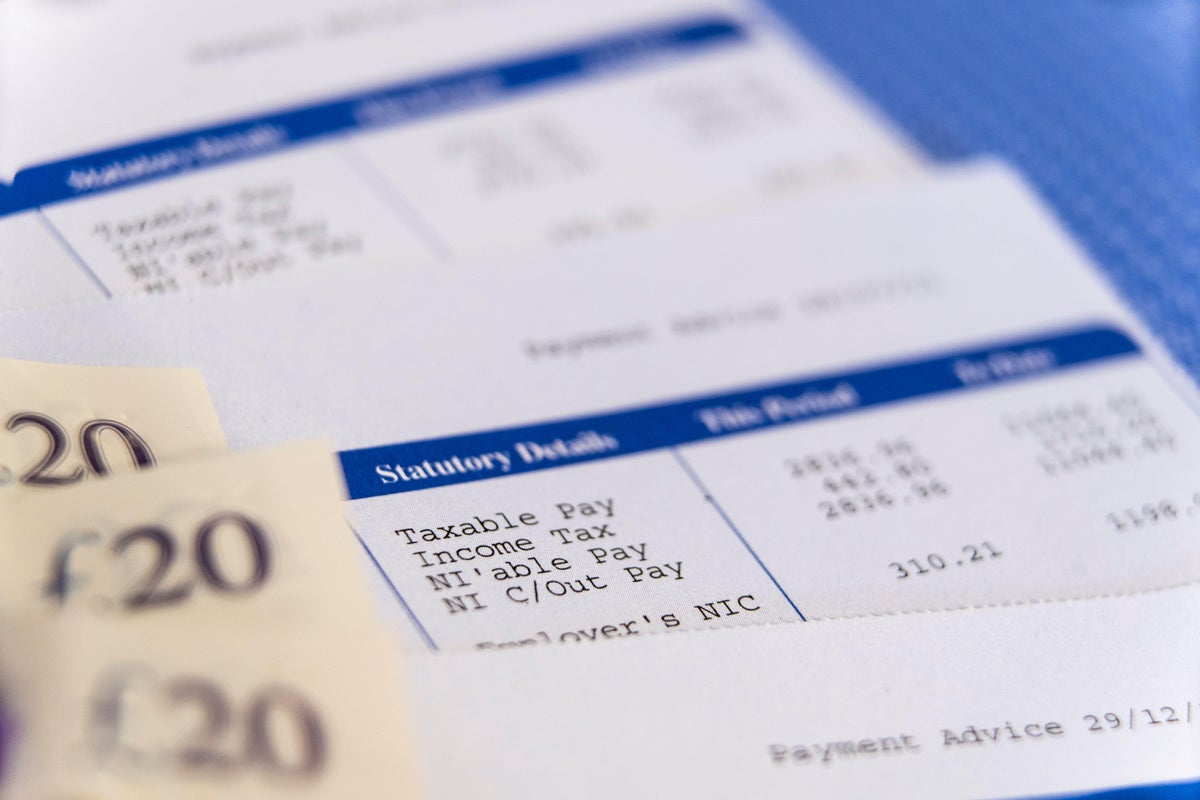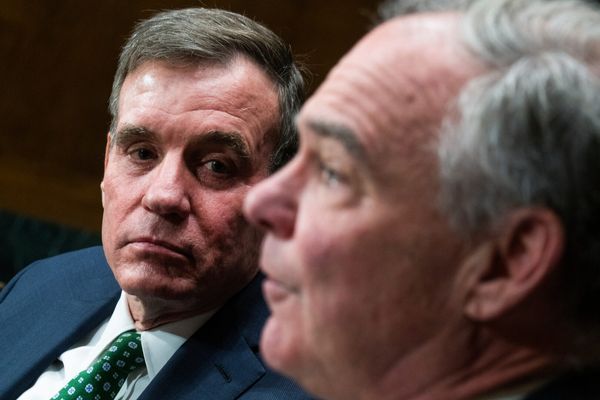
Much like Britain’s revolving door Conservative government, national insurance is about to undergo its third major adjustment of the year.
For anyone asleep at the back, this is the tax full-time staff pay on their earnings, that the self-employed pay on their trading profits and that employers pay on top of wages.
Until April, national insurance was set at 12 per cent on salaries between £9,568 and £52,270 per annum and 2 per cent on earnings above £52,270.
Then, an additional 1.25 percentage points was added and the commencement threshold raised from £9,568 to £9,880 under then-chancellor Rishi Sunak to bankroll further healthcare support after the NHS and social care sectors were placed under extreme duress by the Covid-19 pandemic.
That meant that national insurance was up to 13.25 per cent for earners operating between £9,880 and £52,270 per annum and 3.25 for those north of that.
A second change was announced in July when Mr Sunak again increased the threshold at which employees start paying from £9,880 to £12,570, bringing it into line with income tax in the interest of helping low-income individuals and families with the cost of living crisis worsening.
Then, after a prolonged Tory leadership contest to choose Boris Johnson’s successor in Downing Street, the winner, Liz Truss, appointed Kwasi Kwarteng as her chancellor, who duly announced the 1.25 percentage hike would be reversed from November as part of his “mini-Budget” of 23 September.
While that economic package proved to be an abject disaster of historic proportions, the man Ms Truss brought in to replace the fired Mr Kwarteng shortly before her own political demise, Jeremy Hunt, has kept that particular policy in place, despite scrapping almost all of the rest of the flawed Truss-Kwarteng growth agenda.
Now that Mr Sunak himself is in No 10, you might imagine he would be tempted to reinstate the hike, as it was his policy in the first place.
However, his decision to stick with Mr Hunt as chancellor suggests he is inclined to back the latter’s judgement and is reluctant to further tinker with Britain’s financial stability for fear of inspiring renewed panic in the markets.
All of which means that someone earning £40,000 would have paid £3,652 a year in national insurance until April, after which their rate rose to £3,991, only for it to fall back down to £3,634 in July and again to £3,292 in November (taking into account the threshold change being retained despite the 1.25 per cent hike being scrapped).
Head-spinning stuff, which ultimately means that someone in that bracket will end up paying £360 less in national insurance in 2022/23 than they did in 2021/22, some small help given present hardships.
The biggest beneficiaries will, naturally, be higher earners because they usually pay a higher rate of tax.
Full-time workers should begin to see the changes reflected in their November paypacket, although the Treasury has warned that the complexities of some payroll systems mean this might not happen until December or January, a matter of reimbursement to be raised with your employer should it affect you.
The self-employed will meanwhile end up paying a “blended” rate of national insurance taking into account this year’s frequent changes that HMRC will work out for you when your self-assessment forms are submitted.







